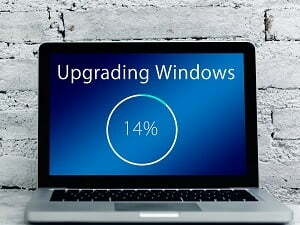 Be advised that Microsoft has announced it will begin phasing out support of the 32-bit version of Windows 10, beginning with OEM’s.
Be advised that Microsoft has announced it will begin phasing out support of the 32-bit version of Windows 10, beginning with OEM’s.
The change is effective as of the May 2020 release.
Microsoft had this to say about the recent change:
“Beginning with Windows 10, version 2004, all new Windows 10 systems will be required to use 64-bit builds for OEM distribution. This does not impact 32-bit customer systems that are manufactured with earlier versions of Windows 10; Microsoft remains committed to providing feature and security updates on these devices, including continued 32-bit media availability on non-OEM channels to support various upgrade installation scenarios.”
The long and the short of this change is that it sounds far worse than it is. The simple truth is that this change is only slated to impact about 0.20 percent of the massive Windows 10 installed base. The vast majority of Windows 10 installations already use the 64-bit version of the OS. Even so, if you are one of the few users relying on the 32-bit version, be aware that this is the first of several steps that will gradually see Microsoft backing away from 32-bit entirely.
Overall, most industry experts agree that this is a good move. With such a tiny user base, systematically eliminating 32-bit support eliminates a broad range of potential issues and development conflicts that could arise as a consequence of supporting both architectures.
Bottom line: It streamlines and simplifies everyone’s life, which means that Microsoft, and every company that develops Windows-compatible software will have one less thing to worry about. Kudos to Microsoft for making the decision, and if you are one of the handful of 32-bit users, just be aware that you’re going to need to upgrade sooner, rather than later.




